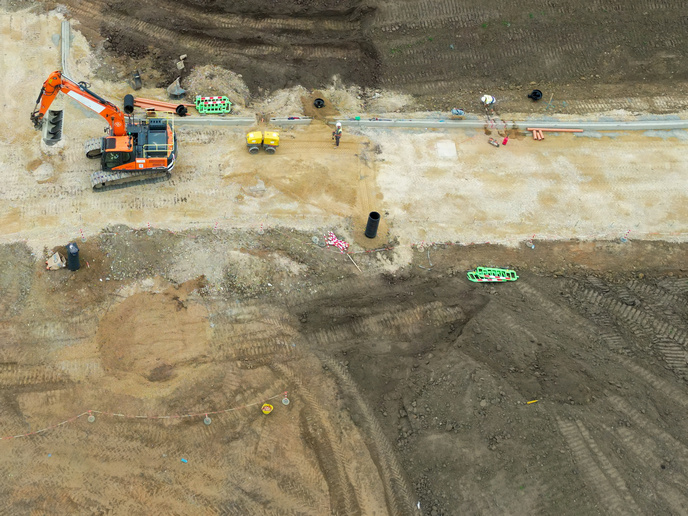Vibration technology offers safer level crossings
Through EU SME Instrument funding, the Railscope (Improving Railway Safety Through Innovative Sensor System) project carried out a market analysis of Europe’s railways and performed a pilot installation of cutting-edge vibration-based signalling technology along a high-speed track in Germany. This was then followed by a number of field tests. “These tests were really important for us as an SME because they proved to industry the functionality and reliability of our technology,” explains Railscope project coordinator Houssam El Moutaouakil from SENVISYS in Germany. “We are confident that we have a viable solution that could provide much-needed protection at unsecured level crossings.” Safety on the rails Level crossings – the intersection where a railway line crosses a road or path at the same level – have long been recognised as critical safety points on any railway network. Despite this, many EU countries still operate level crossings without the assistance of modern technologies that could make these junctions significantly safer. “In Germany for example there are around 8 000 level crossings without any signalisation at all,” says El Moutaouakil. “This adds up to about 40 % of all existing level crossings in the country.” Germany is far from alone in this respect. Some 33 % of crossings in France are unprotected, while in Finland this figure stands at 80 %. Every year some 900 people are severely injured at level crossings. While many crossings are located in rural environments without much traffic, the overall cost of unprotected crossings in terms of human lives and material damage could be easily avoidable with some clever investment. A key challenge to date though has been the fact that current detection solutions often require a large amount of cabling to detect oncoming trains, which can be difficult to install and highly expensive. Good vibrations SENVISYS’ technology aims to address these challenges by providing a secure and economical early detection system based on sensors that detect vibrations. These sensors can detect trains from a distance of 5 km and then continuously monitored them in terms of speed, direction and position. This information can then be transmitted to level crossing signals that ensure safety for rail, road and foot passengers. El Moutaouakil is confident that the technology can benefit rail operators in a number of ways. Since less cabling is required – only 1 % is needed compared to current solutions – installation is far easier and indeed safer for maintenance workers to perform. The vibration-based solution also offers benefits such as the detection of obstacles on the track and damage to rails. “We applied for SME Instrument funding specifically because we wanted to have the opportunity to meet different operators and get a sense of the possibility of running pilot installations of our technology,” explains El Moutaouakil. “We’ve estimated that removing the need for extensive cabling should save rail operators up to EUR 200 000 per installation.” Following the success of these initial tests, SENVISYS has begun the process of acquiring the necessary railway certification for the technology. “For this reason, we have started pilots with various other strategic partners,” says El Moutaouakil. “We recently installed our sensors at level crossings and compared the results with a custom reference installation.” Another area of interest is the application of vibration technology for autonomous trains. The roll-out of driverless trains has been hampered to an extent by the lack of sensors to reliably record obstructions or damage to the track. In this sense, SENVISYS could be one of the enabling technologies that help to bring European rail transport fully into the 21st century.







